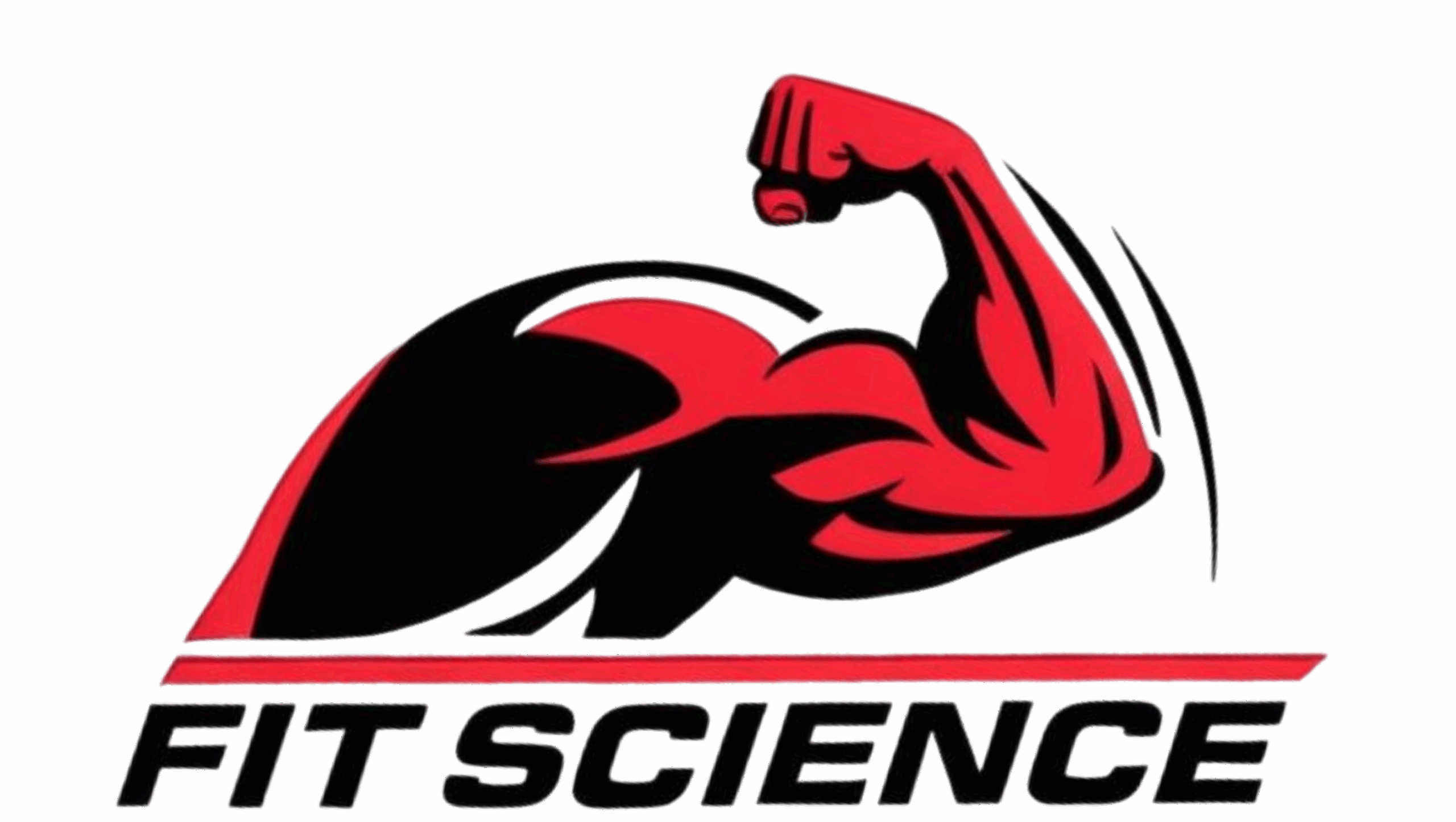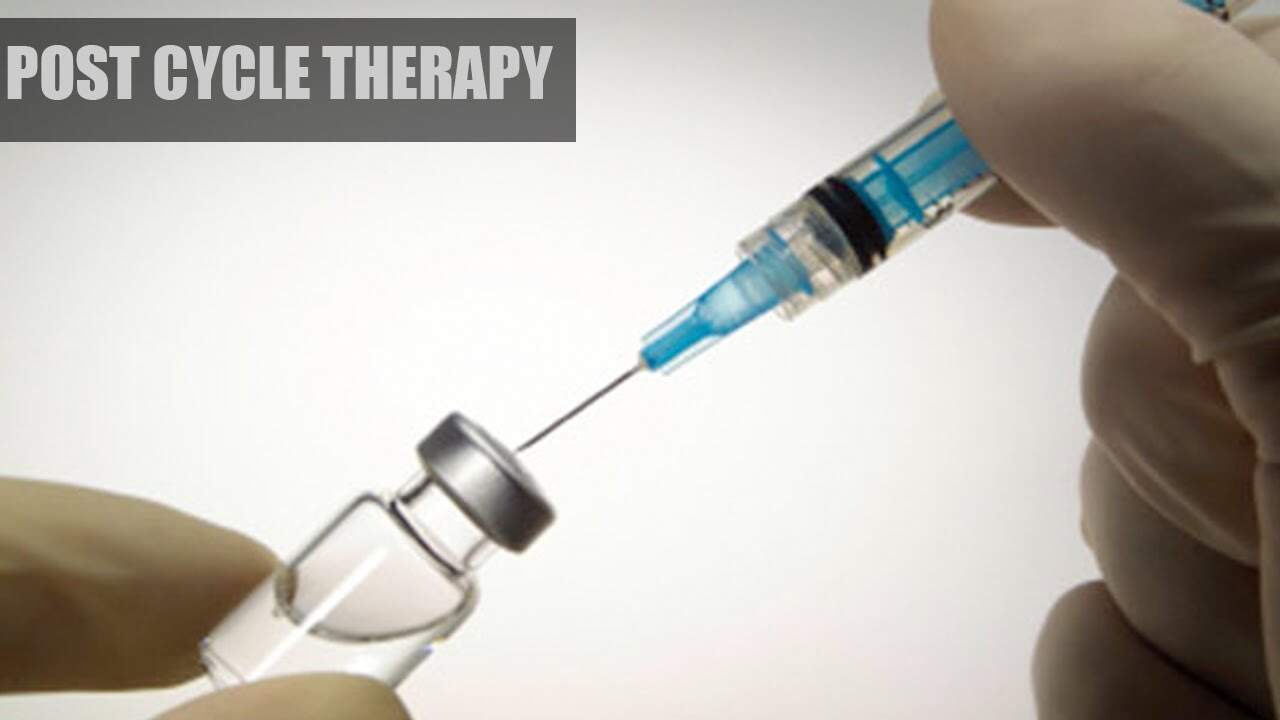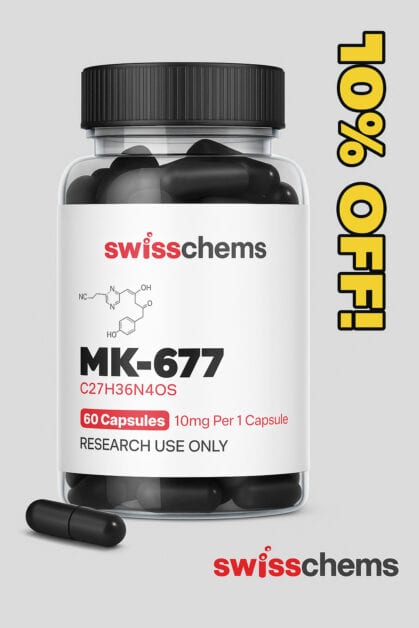How to Run a Safe PCT After SARMs or Peptides (2025 Protocols)
🧠 What Is PCT — And Why You Can’t Skip It After SARMs
If you’ve just wrapped up a cycle of SARMs, you’re probably riding high on strength gains, better body comp, and enhanced recovery. But here’s the truth most people gloss over: even SARMs can suppress your natural testosterone levels — and skipping PCT can tank your results (and hormones) fast.
Post-cycle therapy (PCT) is what helps your body bounce back from hormonal suppression. It’s not just a formality — it’s a must-do if you want to keep your gains, restore natural T production, and avoid mood crashes, libido issues, or fatigue.
Peptides, on the other hand, are a mixed bag. Some (like MK-677 or CJC-1295) don’t touch your endocrine system, while others (like IGF-1 LR3 or Tesamorelin) might affect feedback loops. So PCT needs to be based on what you actually ran — not a generic template.
🔎 Do You Always Need PCT After SARMs or Peptides?
Here’s a quick rule of thumb:
| Compound Type | Suppressive? | PCT Needed? |
|---|---|---|
| MK-2866 (Ostarine) | Mildly suppressive | Usually, yes |
| RAD-140 (Testolone) | Strongly suppressive | Absolutely yes |
| LGD-4033 | Moderate | Yes |
| YK-11 or S23 | Highly suppressive | Definitely |
| MK-677, Cardarine, BPC-157 | Non-suppressive | No PCT required |
| IGF-1 LR3, CJC-1295 | Possibly suppressive | Monitor labs; mild PCT if needed |
If your SARM is on the stronger side (RAD, LGD, YK), skipping PCT is a fast way to crash your test levels and lose progress.
📈 Signs You Might Be Suppressed Post-Cycle
-
Low energy / fatigue
-
Loss of libido
-
Mood swings or irritability
-
Poor workout performance
-
Testicular shrinkage (in more extreme cases)
-
Bloodwork: low total/free testosterone, low LH/FSH
🧪 Bloodwork: The PCT Insurance Policy
Before you panic (or even before you start PCT), get your blood levels checked. A hormone panel can tell you exactly where you stand.
Key labs to check:
-
Total Testosterone
-
Free Testosterone
-
LH & FSH
-
Estradiol (E2)
-
SHBG
-
ALT/AST (liver health)
If your test is still in range, you may just need a mild restart. If it’s bottomed out, you’ll need a full PCT protocol — and time.
🔄 The 2025 PCT Protocol Breakdown
Here’s a no-nonsense guide to running PCT based on what you cycled:
🔹 Mild SARM Cycle (e.g., MK-2866, S4, ACP-105)
Goal: Gentle restart, minimal suppression
Duration: 3 weeks
PCT Plan:
-
Clomid (Clomiphene): 25 mg/day
-
Ashwagandha or Fadogia extract (optional)
-
Zinc + Vitamin D3
-
Sleep + training volume modulation
This is usually enough to reboot your axis after a light run. Bloodwork at week 4 is recommended.
🔹 Moderate Cycle (e.g., LGD-4033, 8-week RAD-140, YK-11 low dose)
Goal: Full restart, mild T suppression recovery
Duration: 4 weeks
PCT Plan:
-
Clomid: 50/50/25/25 mg (Week 1–4)
-
Tamoxifen (Nolvadex): Optional — 20 mg if estrogen rebound risk
-
N-Acetylcysteine (NAC) — for liver & antioxidant support
-
Tongkat Ali / natural T boosters — optional but helpful
Tip: You don’t need both Clomid and Nolva, but some prefer combining them at low doses.
🔹 Aggressive Cycle (e.g., RAD-140 + YK-11, high-dose S23)
Goal: Recover from shutdown
Duration: 4–6 weeks
PCT Plan:
-
Clomid: 50 mg/day for 2 weeks, then taper to 25 mg/day
-
Tamoxifen (Nolvadex): 20 mg/day (entire PCT)
-
HCGenerate / natural test booster (to support LH/FSH)
-
Liver + cholesterol support (TUDCA, omega-3s)
This is as close as you get to a mini steroid-level PCT without having run full-blown gear.
Warning: If bloodwork doesn’t bounce back after 6 weeks, consult a doctor. Long-term suppression isn’t common with SARMs, but it can happen.
🧬 What About Peptides?
Most peptides don’t require PCT, especially if they don’t interfere with androgen or gonadotropin production.
| Peptide | PCT Needed? |
|---|---|
| MK-677 | ❌ No — non-suppressive |
| BPC-157 / TB-500 | ❌ No — not hormonal |
| IGF-1 LR3 | ⚠️ Maybe — mild HPTA interference in long cycles |
| CJC-1295 / Ipamorelin | ❌ No — enhances GH without T suppression |
| Follistatin-344 | ⚠️ Unknown — experimental compound with limited data |
If you ran IGF-1 LR3 or PEG-MGF for more than 6 weeks and feel lethargic or “flat” after cycle, a short Clomid run (2 weeks) could help balance things out.
💡 PCT Success Tips
-
Run your PCT for the full duration — don’t cut it short because you feel “fine” after a week.
-
Avoid jumping back into a cycle immediately after PCT. Give your body a 6–8 week break minimum.
-
Use your time off wisely: Eat well, train hard, sleep deeply, and monitor your metrics.
-
No booze, no hard cardio marathons, no crash diets. Let your system stabilize.
🧠 Advanced: Natural PCT Support Stack
This isn’t a replacement for SERMs, but if you want to enhance your recovery — or bridge the gap between mild cycles:
-
Tongkat Ali (200–400 mg/day)
-
Fadogia Agrestis (300–600 mg/day)
-
Zinc (30–50 mg/day)
-
Vitamin D3 (5,000 IU/day)
-
Ashwagandha (500 mg 2x/day)
These can support mood, libido, and natural T production, especially after lighter cycles or as a SERM taper stack.
📊 Example PCT Timeline (Post 8-Week RAD-140 Cycle)
| Week | Action |
|---|---|
| 1–2 | Clomid 50 mg/day, NAC, natural boosters |
| 3–4 | Clomid 25 mg/day, add omega-3s, retest labs |
| 5 | Optional natural test support only |
| 6 | Begin reintroduction of regular training volume |
| 8 | Evaluate bloodwork for recovery markers |
🧬 The Bottom Line
A well-run SARM or peptide cycle can deliver serious gains — but if you blow off your PCT, you’re setting yourself up to lose them all. Whether you ran a mild Ostarine solo cycle or stacked RAD with YK-11, your hormones deserve respect.
The good news? Most users bounce back quickly with a smart, dialed-in PCT, and many come out of it stronger than before — both hormonally and mentally.











